8 Hot New Tanium Features Unveiled At Tanium Converge 2019
From holistic device management to API-based public cloud integrations to overhauling the entire communications protocol, here’s a look at eight of the most interesting features debuting at Tanium Converge 2019.
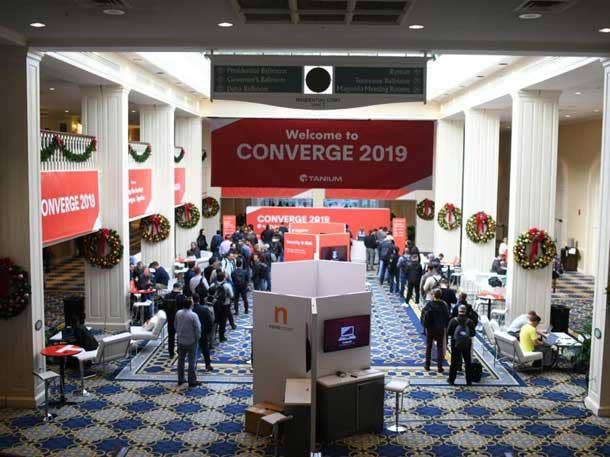
Management Mastery
Tanium has been laser-focused on strengthening its flagship endpoint management offering over the past half-decade through enhancements such as adding module functionality and support, debuting granular role-based access control, and exponentially increasing the speed at which data is collected and actions are performed across all supported endpoints, said Chief Product Officer Pete Constantine.
A combination of new tools and enhancements to existing products will make it easier for customers to rapidly inventory, manage and secure their devices in the event of an IT emergency, Constantine said. Tanium plans to roll out the new capabilities in front of more than 1,000 customers and partners Tuesday at Tanium Converge 2019 in Nashville, Tenn.
Constantine said Tanium’s customizable and extensible communications platform will help the company solve not only the problems of today, but also problems that arise in the months and years ahead.
From holistic device management to tighter integrations with public cloud providers to completely overhauling the communication protocol, here’s a look at eight of the most interesting features debuting at Tanium Converge 2019.
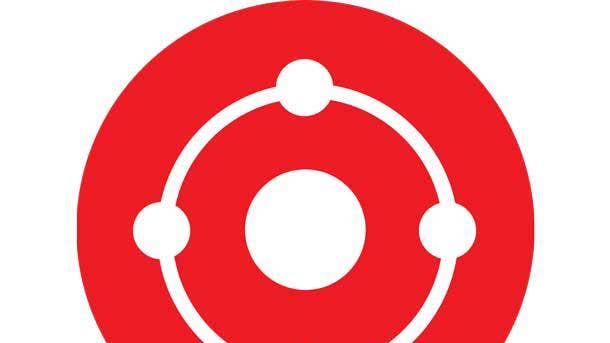
8. New Admin Features For Core Platform
The administrative enhancements to Tanium Core Platform 7.4 are intended to make data management easier and provide benefits for both security as well as cloud-related messaging, Constantine said.
Revised user interfaces allow administrators to easily update their Tanium license file, revoke or expire an encryption key, or carry out general configuration tasks, according to Constantine. Simple usability improvements have helped administrators do everything from controlling bandwidth to implementing role-based access, Constantine said.
Many of Tanium’s new ease-of-use features came about as a response to requests from customers, according to Constantine. He said the revamped administrative user interface will be bolstered by dramatic improvements Tanium had pursued around the load time for its console.
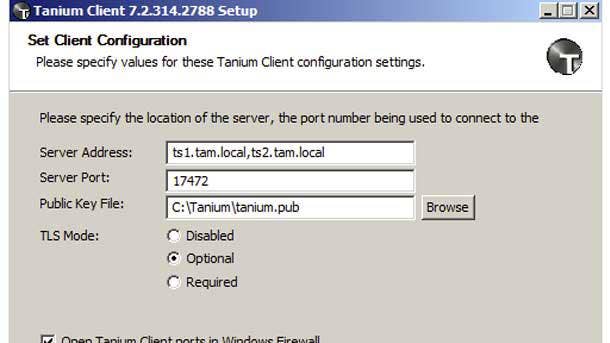
7. Automated Install Tool For Tanium Client
An automated set of tools and processes have now made it possible to automatically deploy and install the Tanium client on any unmanaged workload such as an Amazon Web Services Elastic Compute Cloud (EC2) instance, Constantine said. Devices without the appropriate management agent can’t be inventoried, properly secured, or have policies enforced on them, according to Constantine.
This process used to be a manual one for customers, Constantine said, requiring them to go through a process to distribute the Tanium client to their infrastructure. But now, Constantine said the process is automated as new on-prem or cloud-hosted virtual machines are spun up.
Automated detection will find any new instances that aren’t accounted for and automatically install the Tanium client on those devices, according to Constantine. This will allow them to be properly managed and secured, Constantine said.
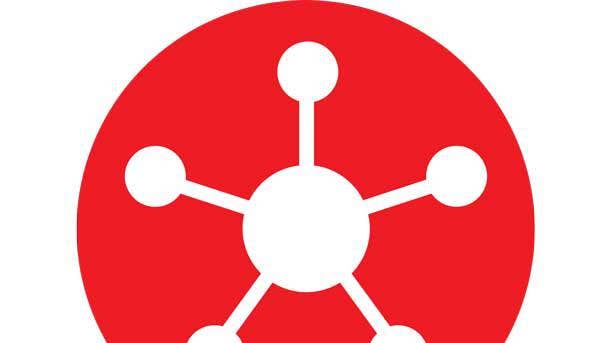
6. Visibility Into Metadata Options
Tanium has continued to extend and enhance both inventory visibility as well as the control that users have over their cloud-hosted endpoints, Constantine said. The company has released a content pack that provides visibility into all of the various metadata options for these cloud instances, and can look at tags related to everything from the size and instance type to the owner and PC itself, Constantine said.
That information can now all be pulled back using Tanium’s client-based communications process, Constantine said, and made available for inventory targeting, recording and analytics. Visibility will also be improved on the devices the user has already installed a client on, according to Constantine.
Tanium worked with its customers to understand what data is most important as well as what data they’re most interested in and provided that to clients as part of the new content pack, Constantine said. The company’s Discovery toolset will continue to expand to provide and pull in more external metadata from the cloud providers that isn’t currently available on the endpoint, Constantine said.
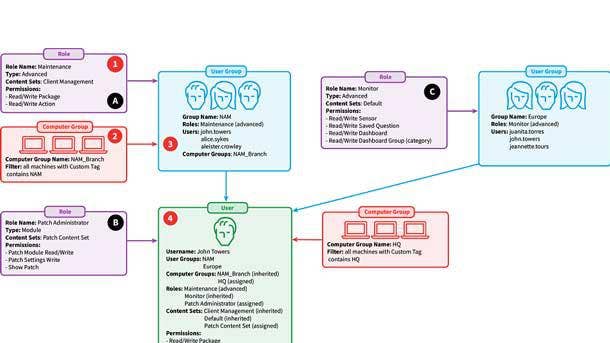
5. Role-Based Access Control For Core Platform
An expansion of Tanium’s role-based access control will make decentralized administration easier so that different regions can administer their own affairs, according to Constantine. Specifically, Constantine said each region will now be able to view their own reports, patch status, software vulnerability and compliance status, as well as control all their things in a much more granular way.
The role-based access control provides enhancements, ease of use and simplicity so that various administrative groups and departments can coexist in the console without them necessarily seeing or being confused by someone else’s work in the console, according to Constantine.
All told, Constantine said this will make it easier for IT administrators to carve up their responsibilities by business unit or geography by separating out visibility into various aspects of what other teams are doing in the console.
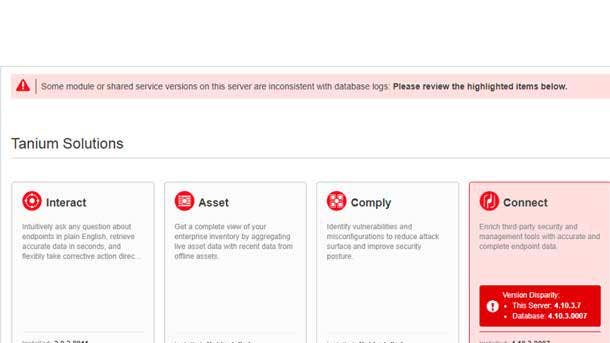
4. Personas For Core Platform
Personas will make it possible for individual users to have multiple roles within the Tanium console such as threat response investigator as well as handling compliance and inventory, according to Constantine. Personas will allow users to pivot between roles and responsibilities without having to manage and maintain multiple administrative accounts, Constantine said.
The feature is expected to simplify the administrative experience for various operators that might be doing multiple jobs within the Tanium console, according to Constantine. Instead of having separate account logins for each distinct job, Constantine said personas will allow users to pivot between their different administrative responsibilities from a single account and single login.
As Tanium has added additional modules on top of their platform over the past half-decade, Constantine said the company now has distinct offerings around operations, security and risk. Tanium has increasingly found that a single individual might wear multiple hats in the process, he said, handling everything from vulnerability management to software updates and patch management.

3. Tanium Discover 3.1
Discover 3.1 provides an API-based integration into Amazon EC2 (Elastic Compute Cloud), Constantine said, and will be extended very shortly to include Azure and other platform providers. The product enumerates all of an organization’s various accounts and regions, Constantine said, and pulls back a list of all the running instances that are present.
In addition to presenting users with a report of which devices are managed by the Tanium client and which are unmanaged, Constantine said Tanium has a simplified approach to installing its client on any type of device. This means that businesses will be able to both automatically install the Tanium client on their cloud-hosted workloads, and collect inventory data and reporting data about those cloud hosts.
Discover will make it easy on a recurring basis to find all known instances and a list of the machines that are known to have the Tanium client installed, he said, allowing firms to figure out which instances are running the Tanium client, which recently had it terminated, and which still need the client. Companies must be able to discover and bring devices under management in order to properly secure them.
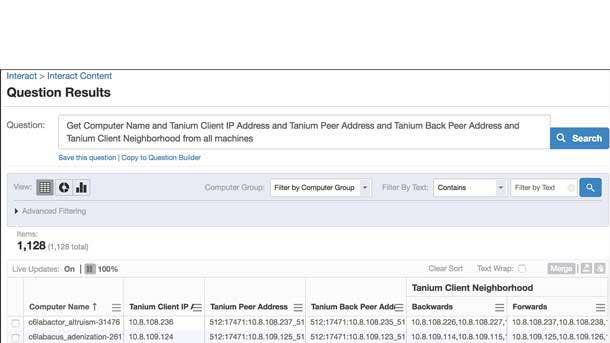
2. Rewritten Underlying Protocol For Core Platform
The entire underlying communication protocol in Tanium has been rewritten to better secure devices that are not on a traditional corporate network such as remote and disconnected devices as well as cloud-hosted workloads, Constantine said. Specifically, Constantine said the new protocol turns on by default encryption of each component as well as encryption key rotation.
Tanium’s previous protocol had been in place for eight years and was pretty rigidly defined, while the company’s new protocol is both extensible and upgradable while still maintaining backwards compatibility, Constantine said. A fair amount of work went into restructuring the protocol in such a way that allows for future enhancements, according to Constantine.
As a result, Constantine said customers will be able to move away from a somewhat manual key rotation process to a fully automated one. And making end-to-end encryption the default rather than a configurable option is particularly vital given the increased use of remote workers and remote workforces, Constantine said.
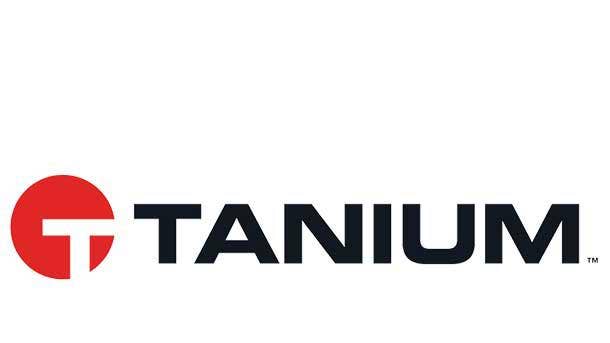
1. Tanium Enforce
The company plans to take a slightly revised approach to device management when it rolls out Tanium Enforce in the April 2020 timeframe by providing customers with a consistent and unified approach to managing configuration, security, and other device and policy settings, Constantine said. The product will make it possible to configure, enforce and report on policy settings anywhere, anytime, he said.
Tanium Enforce aims to unite end user devices, on-premise servers and cloud-hosted servers as well as different device types, hosting platforms and operating systems onto a single tool, Constantine said. The company’s approach to systems configuration and management is supported remotely and does not require being on a local area network (LAN) for the settings to apply, according to Constantine.
The product takes the 5,000 or 6,000 different configuration policies available within Windows administrative templates and makes it easy to configure, enforce and report on those items without custom scripting, according to Constantine. Configuration and systems profiles will also be provided on Apple OS X to provide the same functionality on Mac without any custom scripts or content, he said.